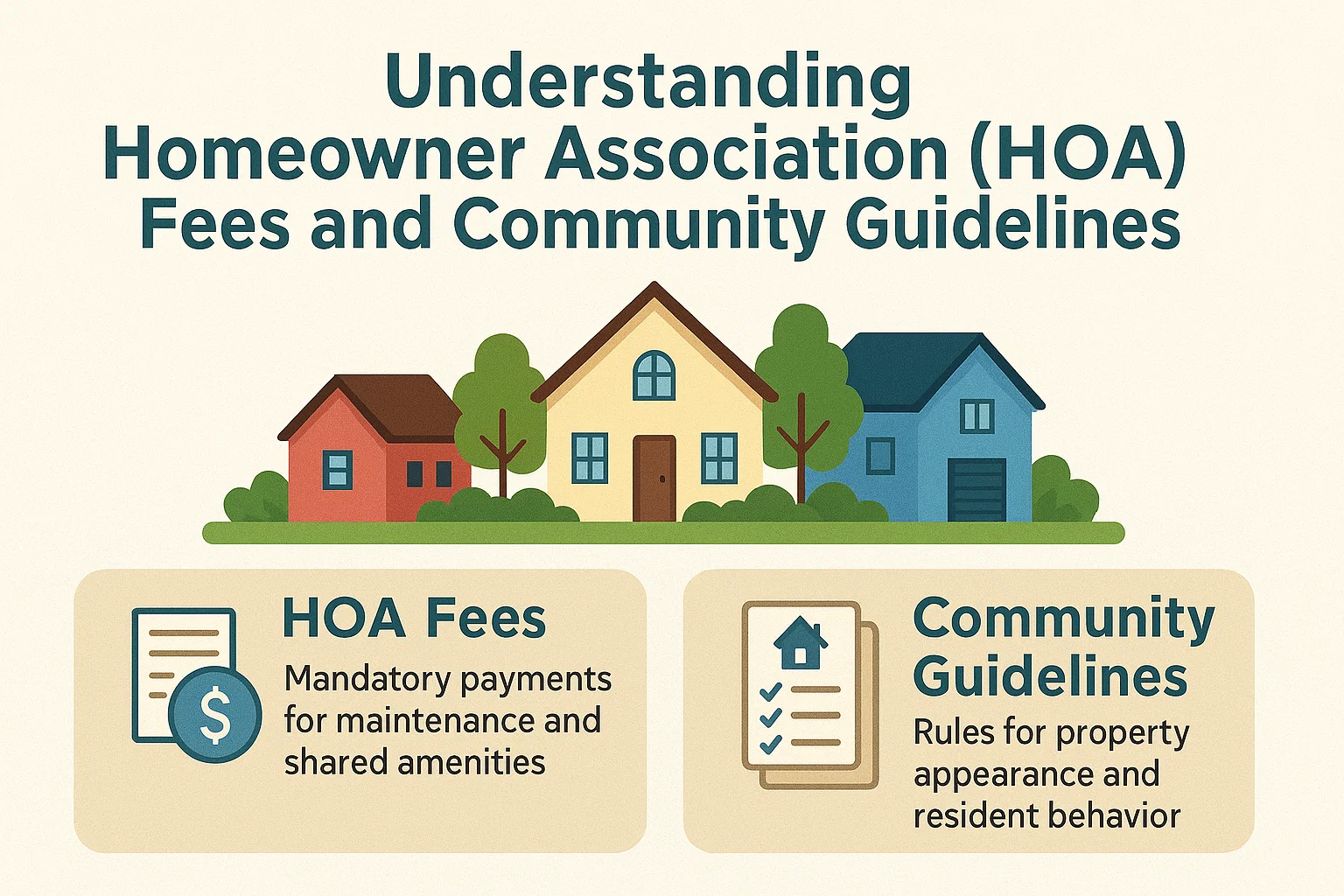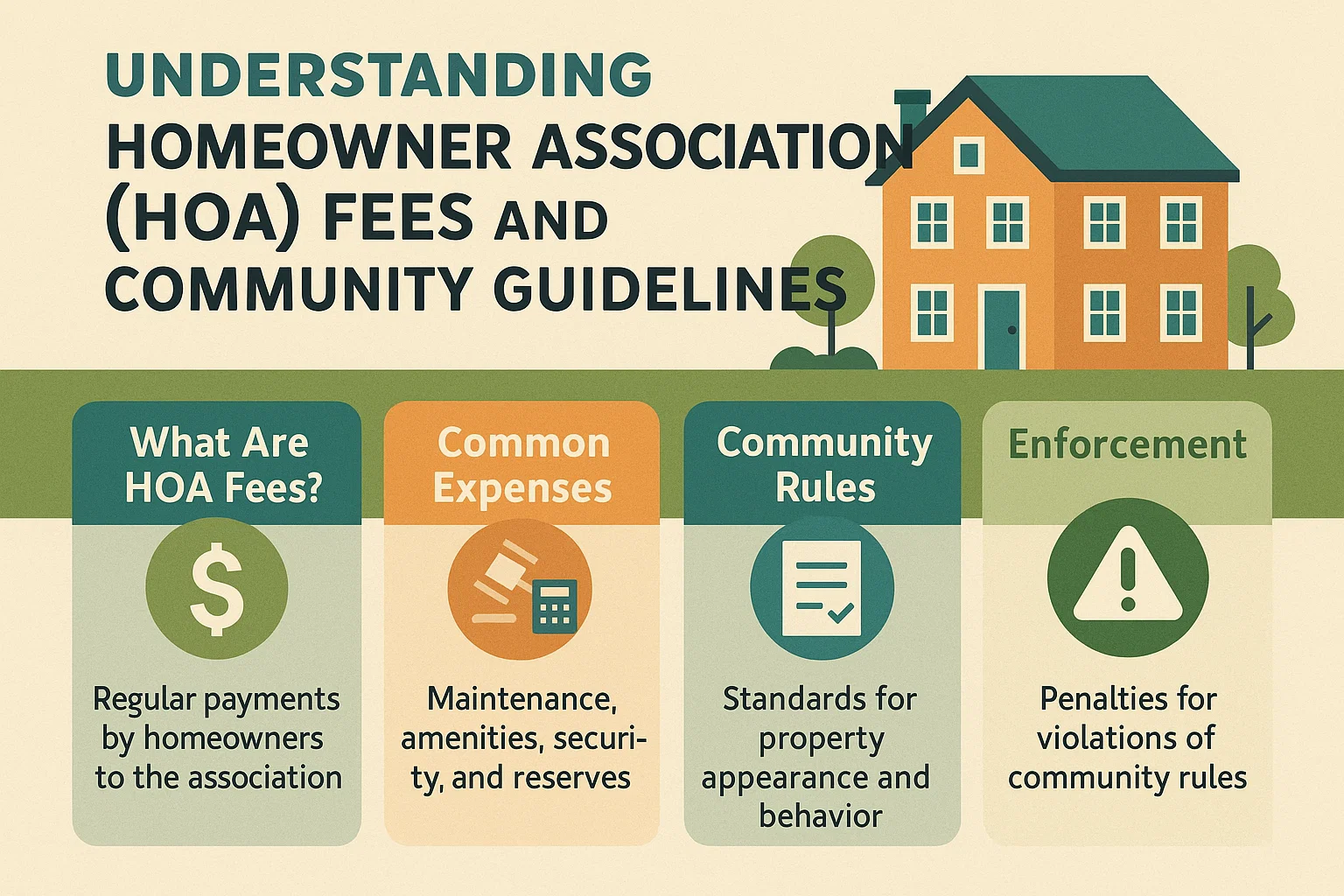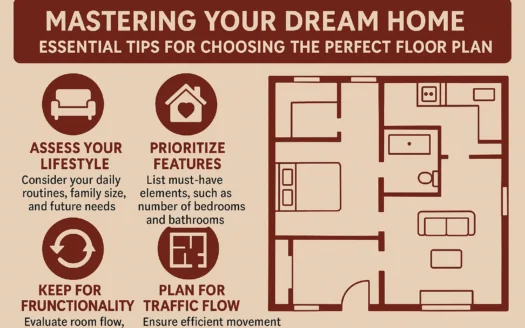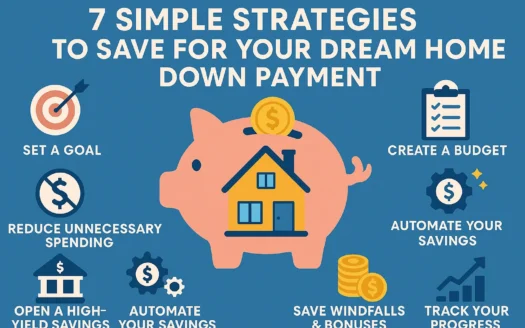Understanding Homeowner Association (HOA) Fees and Community Guidelines

Understanding Homeowner Association (HOA) Fees and Community Guidelines
As planned communities with shared amenities become increasingly common, many homeowners are now part of a Homeowner Association (HOA), also known as a planned community association. Purchasing a home in such a community automatically grants membership in the HOA, along with responsibilities and benefits tied to that membership.
What Are HOA Fees?
HOA fees are recurring payments, typically monthly or yearly, required for community upkeep and shared services. These fees often cover:
- Maintenance of common areas (parks, trails, etc.)
- Access to amenities like pools, fitness centers, or recreation facilities
- Snow removal and lawn care in low-maintenance communities
- Pest control and catastrophe insurance
- Emergency reserves and waste management
Fee Variations and Budgeting Considerations
HOA fees vary widely depending on location and community offerings. Before purchasing a home, consider the following:
- Upfront Disclosure: Always request the total fee amount to accurately budget for monthly expenses.
- Additional Costs: Some HOAs require one-time reserve contributions or transfer fees at closing.
- Fee Inclusions: Clarify exactly what services are covered to avoid unexpected costs.
Community Rules and Regulations
HOAs enforce guidelines to maintain neighborhood aesthetics and property values. Common rules include:
- Restrictions on home-based businesses
- Approval requirements for exterior modifications (e.g., paint colors, fences)
- Parking policies and noise regulations
- Guidelines for outdoor structures (sheds, decks, etc.)
Key Questions for Prospective Homebuyers
If considering an HOA community, ask about:
- Fee structure and payment frequency
- Rules governing property use and design
- Financial health of the HOA (e.g., reserve funds)
- Enforcement policies for violations




